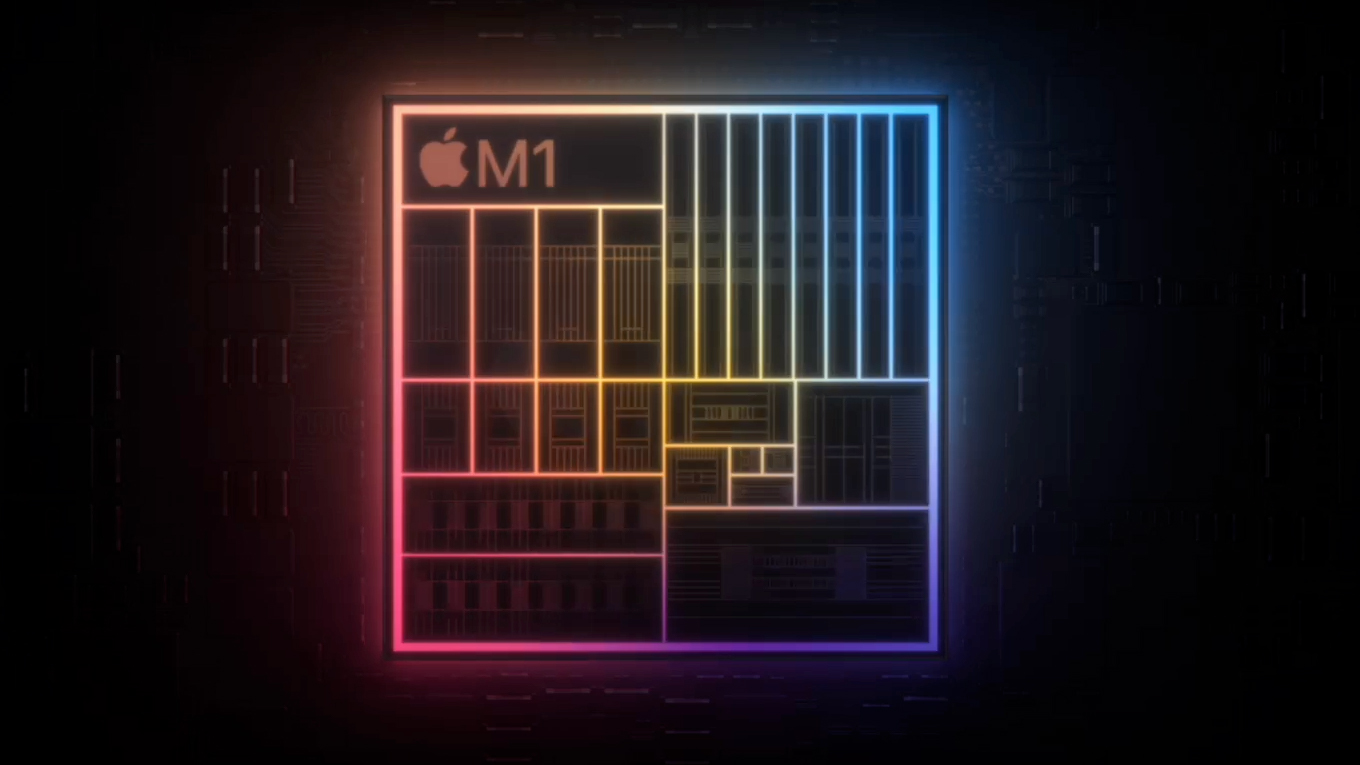Apple 'M2' chip to ship in July for new MacBook Pro… but is the Mac about to get too confusing?
The new MacBook Pro might arrive a year after the M1 chips first launched, but we're not sure the M2 naming will make much sense


Apple's next-gen 'M2' processor is about to go into production, ready for the MacBook Pro 2021, according to a report from Nikkei Asia (via MacRumors). The report says that the processor will start being mass produced imminently, which should make them ready to ship in July, at which point Apple can start building MacBook Pros with them in – for release later in the year. And yes, the report says that the chip is "tentatively known as the M2".
Reports about the chip that might go into the next MacBook Pro have been bouncing around for a while, with suggestions that Apple is planning something with more power than the current M1, used in the MacBook Air (M1, 2020), MacBook Pro (M1, 2020) and iMac 24-inch (M1, 2021).
We're expecting 12 or even 16 processor cores, compared to eight in the regular M1. Similarly, while the regular M1 maxes at 16GB of RAM, we'd expect 32GB or 64GB to be the max for this new chip. There'll be more graphics power too, undoubtedly.
However, we'd been initially expecting this chip to be an 'M1X' – ie, a more powerful version of what's in the existing M1 Macs – rather than the M2. This obviously didn't play out, because some rumours had said this would ship in the first M1-powered iMac, and that didn't happen.
So perhaps is planning to skip straight to making this new chip the M2… but that seems like it's going to cause some real knots for naming things in the future, and might really confuse things.
What's in a name?
Here's my issue: if you call the more powerful version of the M1 chip the M2, what do you call the successor to the M1? By the time these 'M2' MacBook Pros come out, it'll be nearly a year since the M1 Mac come out, and people will be thinking about the next versions.
I don't think Apple will do yearly updates on these Macs, like it does iPhones – the M1 is so far ahead of the competition that Apple can be casual about the timelines here – but still, the anniversary will come, and we'll start wondering what the next version holds.
Get all the latest news, reviews, deals and buying guides on gorgeous tech, home and active products from the T3 experts
It's unlikely that the very powerful M2 will go into the MacBook Air, but it clearly will get a new replacement chip in its next version… so will that be M3? But you can't have an M3 chip that's less powerful than the M2 that's in the MacBook Pro – higher numbers mean better, that's the rule!
Obviously, the name isn't settled in stone in this case, and you might be thinking that this seems like a very solvable problem, and not worth worrying about. And you're right, as long as it does get solved well… because the alternative is that Apple's chip naming becomes even more impenetrable than the Intel ones it's replacing.
A big advantage of Apple using its own chips is that you can buy the M1 and just know that it hits a certain level of performance. No wondering about big changes in desktop performance vs laptop even on chips with similar-looking specs. It's all very Apple… so I just want it to stay that way.
Make the MacBook Pro chips use the 'M1X' or 'M1 Pro' or whatever you want to call it. Keep the M2 for the next generation of consumer stuff, and then have your 'M2X' when that's ready. One chip for people who just need a processor that's fast enough; another one for those who need to think about specs; and a nice, clear convention so people can distinguish them.

Matt is T3's former AV and Smart Home Editor (UK), master of all things audiovisual, overseeing our TV, speakers and headphones coverage. He also covered smart home products and large appliances, as well as our toys and games articles. He's can explain both what Dolby Vision IQ is and why the Lego you're building doesn't fit together the way the instructions say, so is truly invaluable. Matt has worked for tech publications for over 10 years, in print and online, including running T3's print magazine and launching its most recent redesign. He's also contributed to a huge number of tech and gaming titles over the years. Say hello if you see him roaming the halls at CES, IFA or Toy Fair. Matt now works for our sister title TechRadar.